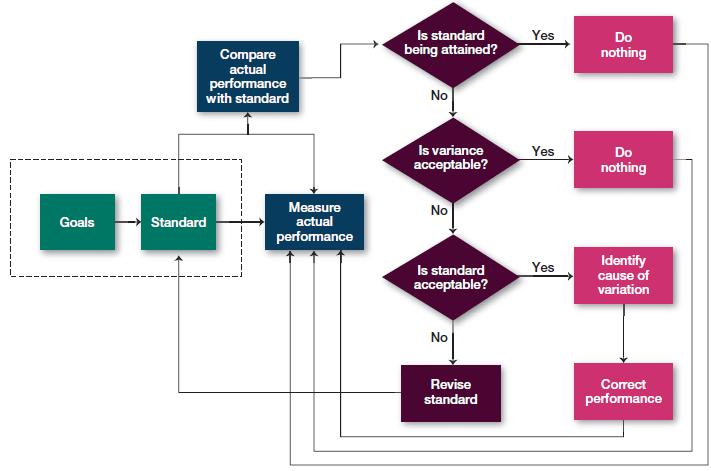Tesla. Elon Musk. Youve probably heard of both. Tesla was founded in 2003 by a group of
Question:
Tesla. Elon Musk. You’ve probably heard of both. Tesla was founded in 2003 by a group of engineers who wanted to prove that buyers didn’t need to compromise looks and performance to drive electric—that electric cars could be “better, quicker, and more fun to drive than gasoline cars.”60 Musk was not part of that original group but led the company’s Series A investment (the name typically given to a company’s first round of venture capital financing) and joined Tesla’s board of directors as chairman. He soon took an active role in the company and oversaw the design of Tesla’s first car, the Roadster, which was launched in 2008. Next came the Model S, introduced in 2012 as the world’s first premium allelectric sedan. The next product line expansion was the Model X in 2015, a sport utility vehicle, which achieved a 5-star safety rating from the National Highway Safety Administration. The Model 3 was introduced in 2016 and production began in 2017. From the beginning, Musk has maintained that Tesla’s long-term strategic goal was to create affordable mass-market electric vehicles. And the Model 3 was intended to be that product. It represents Tesla’s first attempt at manufacturing a mass-market car.The company is, thus, at a critical juncture in its history . . . a make-or-break moment. And things aren’t looking so good right now.
The company’s long-term production goal was to increase production to 500,000 vehicles a year by 2018. Tesla’s vehicles are produced at its Giga Factory in Fremont, California, as are most of its vehicles’ components. Inside the factory, 1,068 robots weld, glue, or rivet parts together for the Model 3 sedans.
In April 2018, Tesla produced only 2,270 Model 3s, a far cry from the 5,000 cars a week that was its original goal for the end of 2017. So far, as of April 2018, only a total of 8,810 Model 3s have been delivered to customers since the beginning of the year. And there are 500,000 customers who have backorders on the car. During the first and second quarters of 2018, the company had to halt production to update some of its manufacturing lines. Musk himself says that the Model 3 is mired in what he calls “production hell.” A critical bottleneck?
The production of batteries, which are made at its battery factory in Nevada.64 It takes seven hours to product a battery pack. That’s an eternity in an industry where production lines need to run continuously or risk burning through tons of cash.
Musk sat down with workers and engineers, who had been discussing solutions for months, and worked to slash production time to 70 minutes. How? By completely reordering the flow of battery assembly.
Questions
1. What type (or types) of control—feedforward, concurrent, or feedback—do you think would be helpful in this situation?
Explain your choice.
2. Using Exhibit 14–2, discuss if and how this production nightmare could have been prevented.
 3. Could Tesla’s controls have been more effective? How? What about its goals? How?
3. Could Tesla’s controls have been more effective? How? What about its goals? How?
4. In the text’s first chapter, we introduced the concept of efficiency and effectiveness and how it’s important to managers.
Here in this story in the last chapter, we see how efficiency and effectiveness continue to be important to managers.
Explain how.
5. Write an executive summary explaining what role information controls and financial controls could have played in this situation. What other controls do you think might have been useful?
Step by Step Answer:

Fundamentals Of Management
ISBN: 9781292307329
11th Global Edition
Authors: Stephen P. Robbins, Mary A. Coulter, David A. De Cenzo





